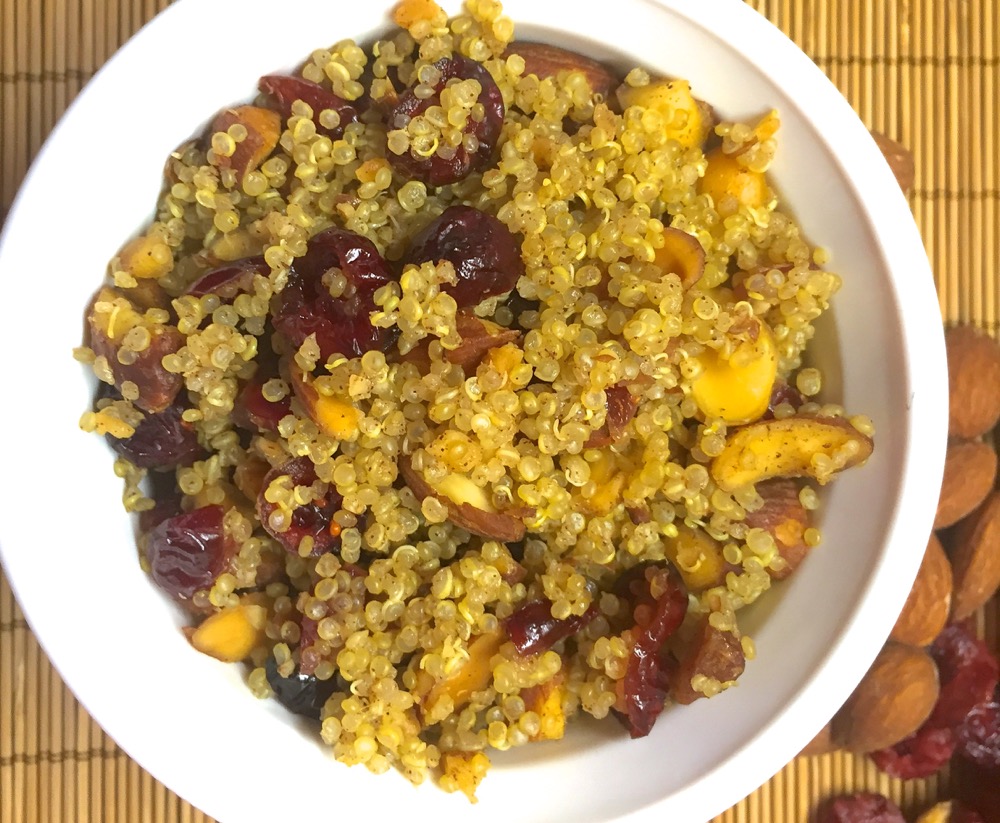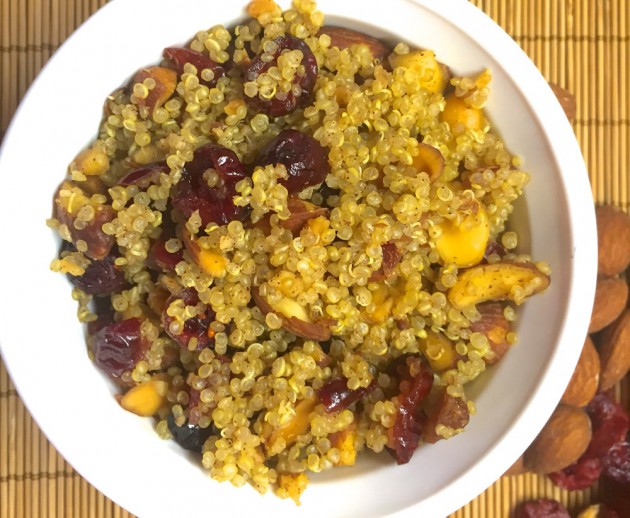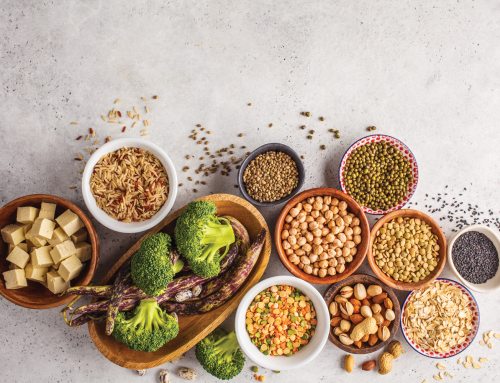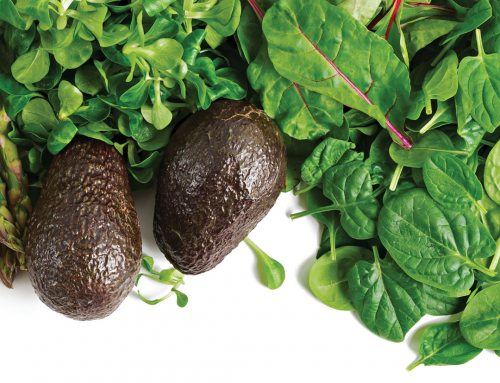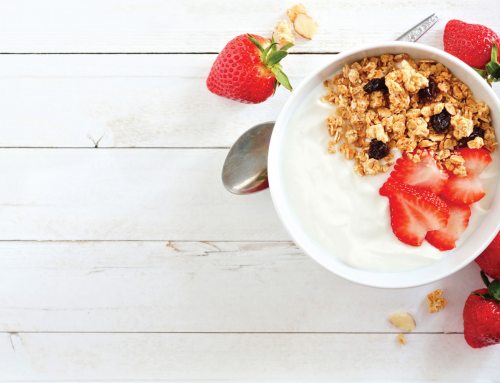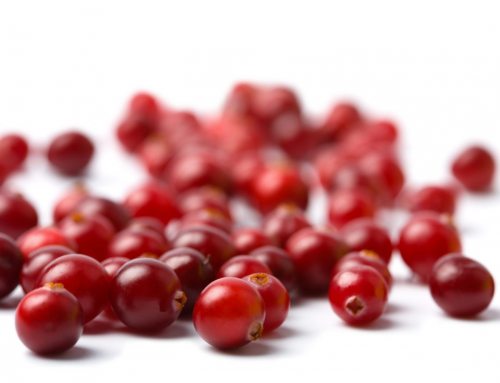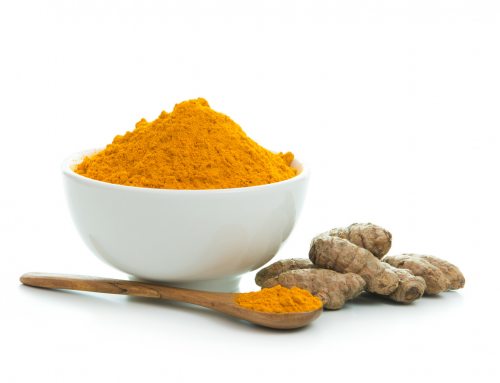By Brandon McDearis
Ingredients:
- 1 cup quinoa
- 1 ½ cups vegetable broth
- 1 tablespoon olive oil
- ½ cup dried cranberries
- ½ cup chopped almonds
- ½ teaspoon cinnamon
- 1 teaspoon salt
Preparation:
- Combine the quinoa and vegetable stock in a sauce pot on the stove. Cook according to package directions or bring to a boil, reduce heat to low, cover and simmer, stirring occasionally.
- Add the other ingredients halfway through the cooking process (about 5 minutes).
- Adjust seasoning as needed. Serve hot or cold.
Makes 6 one-cup servings.
Nutrition Facts:
Calories: 190 / Fat: 7g / Saturated Fat: .5g / Carbohydrates: 26g / Fiber: 4g / Protein: 6g
Vegetable Stock
Vegetable stock is one of those ingredients that often get a lack of appreciation for its ease of preparation and its many nutritional qualities. It can be prepared with leftover vegetable scraps in about an hour, making it time and waste efficient. Vegetable stock adds a depth of flavor when used in place of water as a hydrator to something dull, such as a thick sauce or cooked pasta. Its most obvious use is as a base cooking liquid for boiled grains, soups and stews, and since it consists of lightly simmered vegetables, it results in something vitamin and mineral rich.
Preparing your own stock is very simple and convenient. It is a great way to use up leftover vegetables that you are feeling guilty about not eating. Stock freezes well and with the addition of a few vegetables, some seasoning, and a bit of cooking time, a batch of delicious soup can magically appear. One of the major drawbacks of store-bought stocks/broths are the high sodium content required for the shelf life. One cup of store-bought vegetable stock can contain half a day’s worth of the daily value for sodium. Preparing the stock at home eliminates the sodium, while also increasing the nutrient content.
The following recipe is a very standard one. There is generally quite a bit of culinary freedom when preparing stocks, but there are a few key rules to follow. Be mindful of the type of vegetables that you add. Vegetables such as beets will change the color of your stock, while ones such as broccoli, cauliflower or turnips can leave the flavor overpowering and bitter. Also, remember to only simmer and not continuously boil, and while making stock is a great way to use up vegetables that are past their prime, never throw in anything that is rotting.
This recipe yields about two quarts of stock.
Ingredients:
- 1 tablespoon olive oil
- 2 onions, unpeeled and sliced into about 12 1-inch pieces
- 4 carrots, peeled and sliced into 1-inch pieces
- 8-10 celery sticks, chopped into 1-inch pieces
- 1 bunch leeks, washed well and sliced into 1-inch pieces
- 8 ounces mushrooms, halved
- 1 head garlic, halved
- ½ bunch parsley
- 2 sprigs fresh thyme
- 2 bay leaves
- 2 teaspoons black peppercorn
- ½ cup white wine
- 1 gallon water
Preparation:
- Heat oil in a large stock pot at medium-high heat. Saute the onion, carrots, celery, leeks, and mushrooms in the olive oil until it begins to brown, about 5 minutes.
- Add the rest of the ingredients, bring to a boil, reduce heat to low, and simmer until stock is reduced by about half, about 1 to 1 ½ hours.
- Strain stock through a fine-mesh sieve into another pot, bowl or storage container. Discard vegetables and cool down to room temperature


